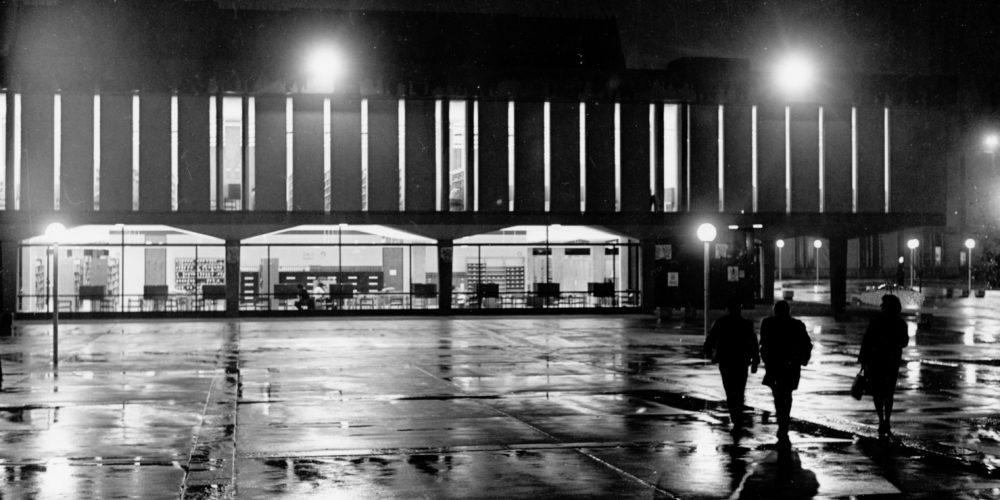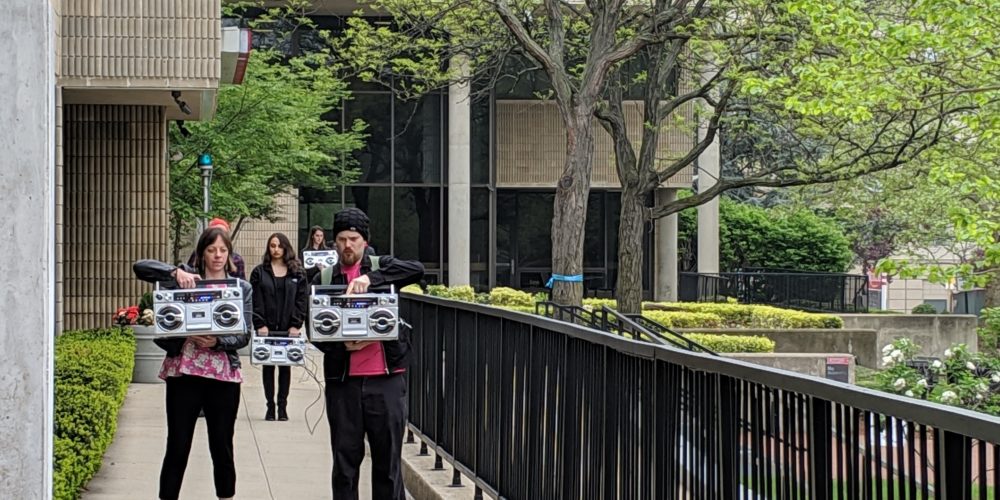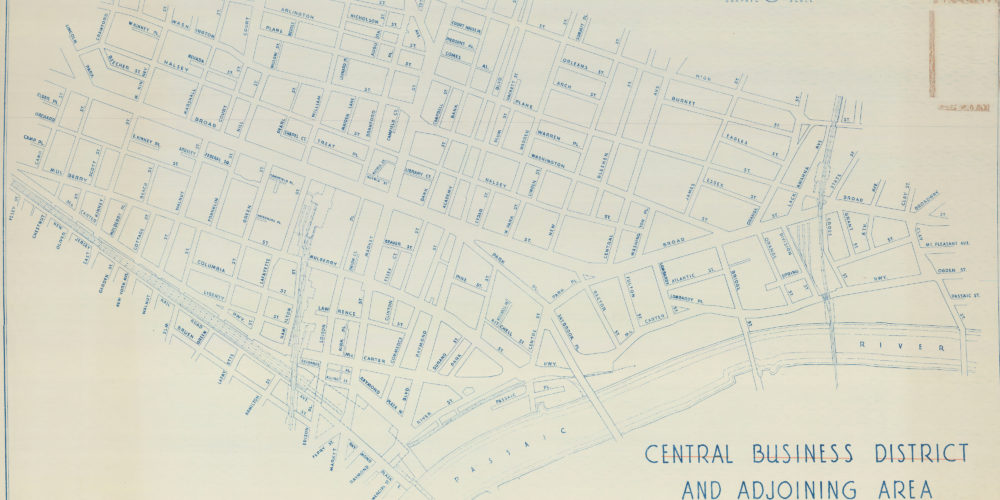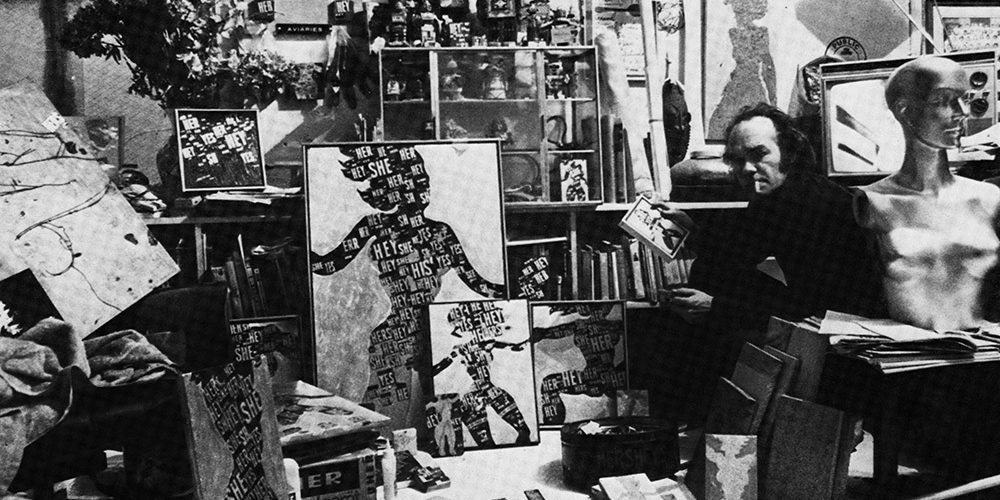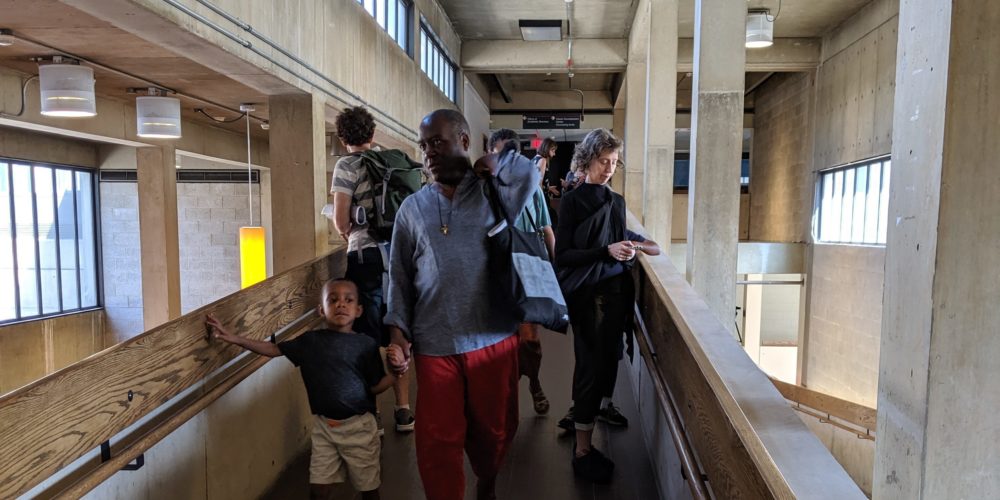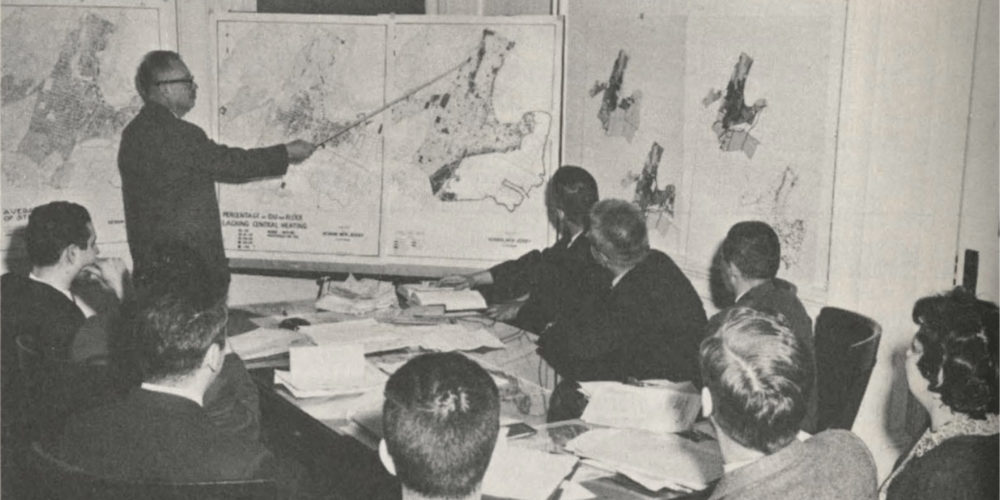
Rhythm 3 (Future) » Lab + GridRhythm 3 (Future)
Lab + Grid
The Labyrinth and The Grid
Newark Rhythms is entering the final phase of its initial three-year cycle with a program oriented towards “embodied mapping.” For this project, we are asking ‘map-makers’ from different disciplines in the arts and humanities to help devise maps that represent different phenomenological and affective experiences of Newark. The maps will also be aligned with the Urban Humanities track in Global Urban Studies: the Urban Arts and Sound Environments. In its first iteration, we are working towards creating an exhibition of the maps in the Site Line Arts studio at Mana Contemporary in Jersey City. The exhibition will be organized into two main parts – Labyrinth and Sound Grid – with each part representing a different approach to the concept of the urban humanities. As our initial position, we regard the urban arts as spontaneous creative acts and a way to occupy the city through a poetics of space rather than exchange, profit, and consumption. Historically in Newark, the intent of urban renewal was to turn the city into a ‘suburbanized’ site for consumption and business-oriented professional labor. As an alternate model to such profit-driven gentrification, we seek to illuminate the informal arts that arise organically out of everyday life as a form of place-making that eludes the constraints of consumerist dressage.
As an overture to the exhibition, visitors will first see a 3-D model of Newark onto which they can project a series of abstract orientation points. The 3-D model encompasses the space that we call the Grid: McCarter Highway, Mulberry Street, Broad Street, and Halsey Street as parallel pathways with very different atmospheres. The model will give visitors a ‘god’s eye’ or ‘strategic’ view of the city to provide orientation: the press of a button will beam different data points onto the model of the Grid.
After this initial orientation, visitors will move through the Labyrinth: a maze of large map panels reflecting different versions of the urban arts in practice. We are conceptualizing this installation space as the Labyrinth in a nod to Jorge Luis Borges’ imaginative works on the fractured nature of knowledge. Each map-maker will be asked to contemplate the contours of the term ‘urban arts’ as manifest in the contemporary city or the city of history and memory. Our goal is to capture the vitality of spontaneous creative acts that bolster community cohesion and to highlight their presence outside of the commodified culture industry. The map panels will be hung from the ceiling of the space to create an actual, physical labyrinth; visitors will move through the maze of maps as a metaphor for the different ways we experience the city and our place within it. Rejecting the urban planner’s mandate to organize urban experience in the name of “legibility,” the labyrinth leads through the disjunctures and jagged edges of the cityscape to reflect the spontaneous and organic nature of urban arts.
As an endpoint, the Labyrinth leads past a large-scale, abstracted map of the city to the Sound Grid section, where visitors can move into a darkened cabinet to listen to sound recordings of the Grid streets. Positioned on either side of the cabinet entrance, abstracted and expressive video sequences of the streets give visitors a visual orientation of the space (but one quite different from the ‘god’s-eye’ view of the 3-D model) before they enter into the cabinet. There, urban experience moves into the labyrinth of the inner ear, as an internalized location of hearing and equilibrium.
For this sound environments section, sound artists and musicologists will be asked to record the sounds of the four streets from various theoretical positions. Working with Kate Doyle in the music program in Arts, Culture, and Media, we will be exploring questions about the orienting/disorienting effects of aural architecture, as the sound environments produced within the Grid form a kind of paradox: while their material is site-specific, the extraction and manipulation of this raw acoustic data effects a displacement from the real time of those sites. The organized sound of the Sound Grid thus sits in juxtaposition against the Labyrinth, which functions by way of the directional confusions of memory and mapping. In setting up this juxtaposition, the exhibition comments upon the politics of theorizing space and place in relationship to lived experience.
After this initial installation in Mana Contemporary, which will also be presented in digital form on the Newark Rhythms website, we envision turning the maps and their accompanying visual materials and text narratives into an exhibition catalogue, representing the first publication of the Newark trilogy co-produced by Newark Rhythms and Site Line Arts.

Map taken from the 1961 Renew Newark plan document, page 27.

Map taken from the 1961 Renew Newark plan document, page 41.

Photo depicting the Newark Urban Renewal Policy Coordinating Committee in a meeting. Taken from 1961 Renew Newark plan document, page 55.

Map taken from the 1964 City of Newark Master Plan document, page 24

Map taken from the 1964 City of Newark Master Plan document, page 55

Map taken from the 1964 City of Newark Master Plan document, page 60
